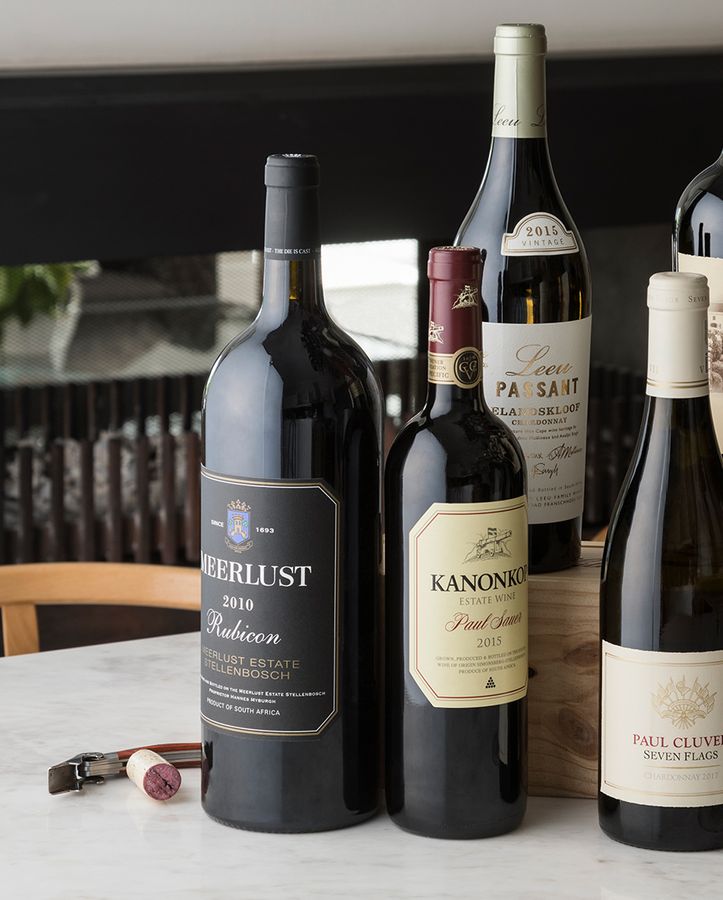Given our flair for the dramatic you will excuse us our choice of ‘EMPIRE’. An EMPIRE refers to an extensive group of states or countries ruled over by a single monarch, an oligarchy, or sovereign state. Interestingly the term ‘Chateau’ is predominantly used in Bordeaux, while ‘Domaine’ is associated with the wineries of Burgundy. Dr. Vinny warns that in most countries there are no legal restrictions on the use of these terms, and therefore not always indicative of an ACTUAL castle or empire, though in Burgundy specifically the rules are very clear, and in the case of Domaine Jacques Prieur, the empire, very real.
The Very Many Vineyards
In fact, Domaine Jacques Prieur owns vines in an unprecedented nine of the 33 Grand Cru vineyard Appellations in Burgundy (it is interesting to note however that the vast majority of these vineyards have numerous owners due to the structure of the post French Revolution inheritance laws), and includes: Le Montrachet (located in Côte de Beaune and considered the greatest dry white wine in the world), Chevalier-Montrachet (also in the Côte de Beaune, bordering the first and the highest of the five ‘Montrachet’ vineyards), Corton-Charlemagne (named for the King of the Franks who initially OWNED that hill, situated in Côte de Beaune, producing only Chardonnay as it was said red wine stained his white beard too much), Corton-Bressandes (one of the only red Grand Crus in the Côte de Beaune, which is known for its white wines), Echézeaux (located between famed Vougeot and Vosne-Romanée in the Côte de Nuits, producing Pinot Noir exclusively), Clos Vougeot (a wall-enclosed vineyard (clos), named for the river Vouge in the Côte de Nuits, producing only Pinot Noir), Musigny (one of their few Grand Cru vineyards in the Côte de Nuits producing both red and white wines, the miniscule amount of white vines an oddity really), Le Chambertin (one of nine Grand Cru vineyards with ‘Chambertin’ in the title, producing only Pinot Noir wines, called “King of Wines”) and Chambertin Clos de Bèze (one of the nine, which together with Le Chambertin, is seen as of higher quality than the other seven ‘Chambertin’ vineyards, making only Pinot Noir in the Côte de Nuits). Domaine Jacques Prieur also owns vines in 14 Premier Crus, of the 585 Premier Cru vineyards in the Côte d’Or and Côte Chalonnaise, as well as a Village Appellation, Meursault Clos de Mazeray (a walled vineyard owned exclusively by the Domaine, hence the word ‘Monopole’) and the Monopole Volnay Premier Cru Clos des Santenots. So you see: EMPIRE.
Domaine Logistics
As you can imagine, purchasing even a little patch of the hallowed ground of Burgundy, especially the Côte d’Or (the ‘gold coast’ or the ‘golden slope’ which refers to the colour of the vineyards in Autumn) in which the Côte de Beaune and Côte de Nuits (the two regions which house most of Jacques Prieur’s vineyards) are located, is very complicated given archaic inheritance laws, which keep on dividing vineyards by surviving relatives, further fracturing production.
The very size of Domaine Jacques Prieur’s portfolio is a feat in itself and not something achieved overnight, 150 years to be precise, since its inception in 1868. Over the years the various family heads have been collecting key terroir as it became available. Which, considering the very nature of French law, couldn’t have been easy. For example: The concept of viager, in which a buyer can get a cheaper price for the purchase of a property, on the condition that he only take possession on the death of the owner (which in a few documented cases have resulted in the buyer dying first). It would therefore hold that, in order to build such a large, successful and long standing enterprise such as Domaine Jacques Prieur, in Burgundy no less, requires smarts. Smarts supplied in the form of the 5 French families who bought the Domaine in 1988, chief among them the Labruyère Family as well as a number of original Prieur Family heirs, though since then a few shares may have been sold to other parties.
The Labruyère Family have had a hand in a number of estates and today continue to cultivate various other terroirs, most recently in Champagne, working with Burgundian varietals to great effect. It is this eye toward innovation and discovery that seems to drive this particular Domaine, and most probably the very root of their success.
Martin Prieur, one of the original heirs, shares their hard-earned knowledge with a select few around the world - most notable of whom, our very own Paul Cluver, of the Elgin Valley. Consulting since 2012, the inagural vintage of the Seven Flags Pinot Noir was released in 2009 and the Chardonnay in 2015. Wines which in recent years have been named under the Top 100 wines and the 2017 vintage Chardonnay, as Grand Cru National Champion, Best in Class. Winemaker, Andries Burger explains that it is understanding the similarities between the terroir (Burgundy and the Elgin Valley) and catering to it with the best suited varietals that have resulted in these Afro-Burgundian rockstar wines - at once iconically French and proudly South African.
Given these intricacies, we invite you to draw your own comparisons between Burgundy’s finest and this Elgin ‘Grand Cru’ .
